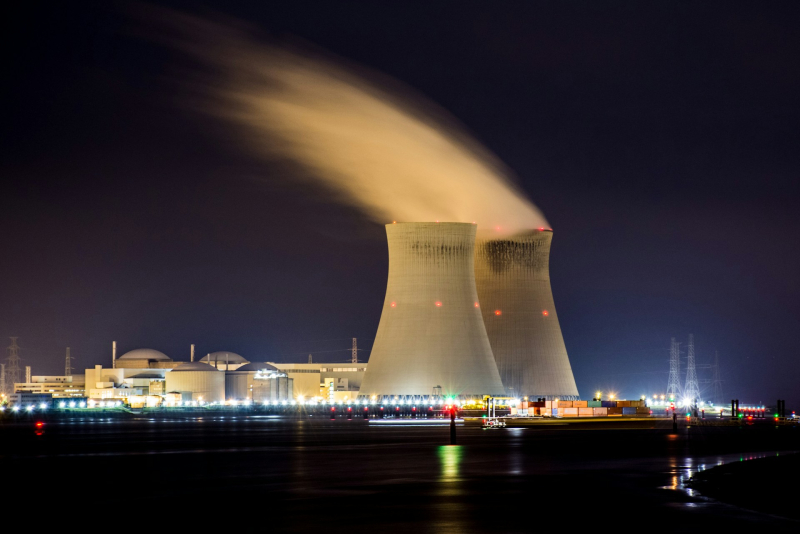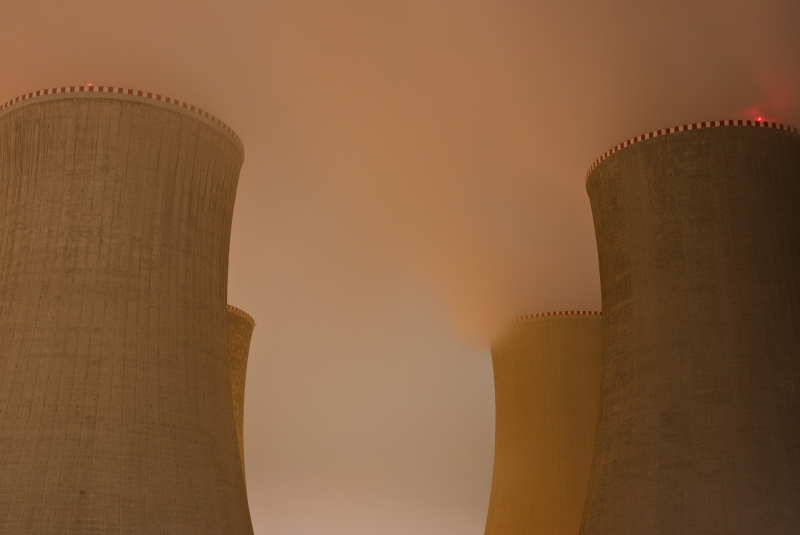Old US coal and nuclear power plants could provide space for new nuclear reactors at 190 sites, Datacenter Dynamics writes, citing a US Department of Energy (DoE) study. Theoretically, this will increase generation by 269 GW using 600 MW reactors. The study assessed various site characteristics, including infrastructure readiness, proximity to populated areas, and potential risks such as floods and earthquakes.
The relevant data first appeared in the report “The Evaluation of Nuclear Power Plant and Coal Power Plant Sites for New Nuclear Capacity,” prepared for the US Department of Energy. It is reported that 145 coal-fired power plants have been identified as suitable for a potential reactor capacity of 128–174 GW, while existing or recently closed nuclear power plants could provide a further 95 GW.
Of the eligible coal-fired power plants, 27 have recently been shut down, but the DoE believes they could be equipped with 45 advanced reactors. Also taken into account are 33 power plants that are operating but are preparing to shut down by 2040, and another 85 sites for which decommissioning dates have not yet been determined. The territory of the former can accommodate 72 advanced reactors, the latter – up to 173 reactors.

Image source: Nicolas HIPPERT / Unsplash
The use of 20 nuclear power plants that have refused to expand capacity or have not yet received permission to do so is also being considered. They could receive 31 large light water reactors (total 37.9 GW), and 18 of the 20 plants could potentially accommodate 72 small reactors (total 43.2 GW). Of the remaining 34 nuclear power plants, 17 can be supplemented with light water reactors for a total capacity of 21.2 GW, and 23 can accommodate 79 small advanced reactors for a total of 47.4 GW.
It is worth noting that today the load on American power grids is very high; energy consumption by data centers and other digital infrastructure requires additional capacity. Data centers alone will require 35 GW by the end of the decade, according to a January Newmark report. In May 2024, the Department of Energy announced plans to establish ten “National Interest Energy Transmission Corridors” to help expand the national grid in areas where additional energy capacity is urgently needed.
In September, the American authorities created a kind of “special forces” – the Task Force on AI Datacenter Infrastructure, which should simplify the search for energy sources and obtain permits for their construction in the United States. This included the assistance of the Ministry of Energy in the repurposing of closed coal power plants in cooperation with data center builders. In August, the ministry provided information on resources and incentives for the data center market. It is also planned to meet on a regular basis with data center builders, green energy solution providers, power grid operators and other stakeholders to develop innovative solutions.

Image source: Lukáš Lehotský / Unsplash
Some hyperscalers are exploring the possibility of using nuclear energy in their projects and have already entered into relevant agreements with partners. In the past few weeks alone, Microsoft announced plans to use 100% nuclear energy to power its data centers, AWS is looking for a chief nuclear project engineer, and Oracle said it was planning a gigawatt data center based on small modular reactors (SMRs). Google also raised questions about SMR’s potential for the data center industry.
For now, data center and energy operators are considering delaying closures or allowing construction of new fossil fuel power plants. In addition, there is growing interest in the supply of natural gas – this is one of the simplest and most affordable ways to organize energy generation directly on campus. Similar projects are being implemented in Europe.